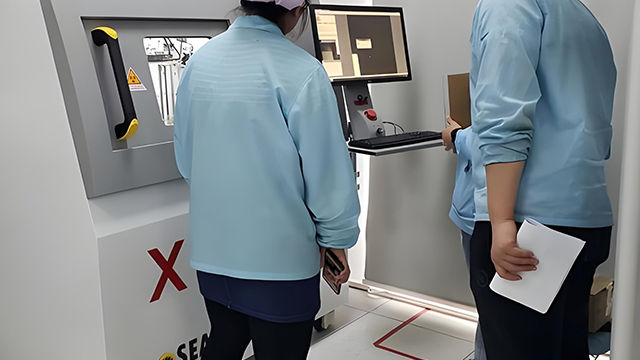The Future of PCB Manufacturing: Key Trends to Watch in 2025
- SUNSOAR TE.
- Feb 16
- 2 min read
Introduction: The Evolving PCB Industry
As we look toward 2025, the PCB manufacturing industry is poised for significant changes driven by emerging technologies and evolving market demands. To stay competitive, manufacturers must adapt to new trends that promise to shape the future of electronics. In this article, we’ll explore the key trends in PCB manufacturing that will impact design, production, and overall business strategies.

1. The Rise of 5G and High-Speed PCBs
With the global rollout of 5G networks, there is a growing demand for high-performance, high-frequency PCBs. These boards require specialized materials and designs to handle faster data transmission speeds and lower latency.
What to Expect:
Increased demand for low-loss materials like high-frequency laminates.
More complex PCB designs to support 5G antennas and wireless communication devices.
2. Advancements in Flexible PCBs (FPCBs)
Flexible PCBs are increasingly used in consumer electronics, medical devices, automotive applications, and wearable technology. As the demand for lightweight, compact, and flexible electronics grows, so does the need for flexible PCB solutions.
What to Expect:
Greater adoption of flexible PCBs in consumer gadgets and healthcare devices.
Improved manufacturing techniques for better durability and performance.
3. Automation and Smart Manufacturing
Automation is revolutionizing PCB manufacturing by improving speed, reducing human error, and cutting costs. Smart factories, powered by AI and IoT, will enable real-time monitoring and predictive maintenance.
What to Expect:
More automated assembly lines and robotic processes.
Use of AI and machine learning for quality control and design optimization.
4. Sustainable and Eco-Friendly PCB Production
Sustainability is a growing concern for the electronics industry, and PCB manufacturers are increasingly focusing on eco-friendly materials and processes. The shift toward reducing e-waste and energy consumption will shape PCB production in the coming years.
What to Expect:
Increased use of recyclable materials and environmentally friendly soldering processes.
Regulations pushing for greener manufacturing practices.
5. Miniaturization and High-Density Interconnects (HDI)
As electronic devices become smaller and more powerful, the need for high-density interconnect (HDI) PCBs will grow. These PCBs allow for more components to be packed into a smaller footprint, enabling the next generation of compact electronics.
What to Expect:
More HDI PCBs in smartphones, IoT devices, and wearables.
Advances in microvia and laser drilling technology for increased density.
Conclusion: Embracing the Future of PCB Manufacturing
The future of PCB manufacturing in 2025 will be defined by technological advancements, increased demand for performance, and sustainability efforts. Manufacturers who stay ahead of these trends will be best positioned to meet the challenges of the rapidly evolving electronics market.



Comments